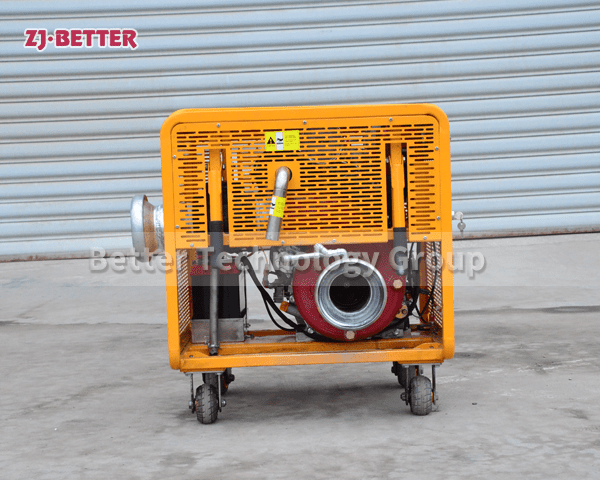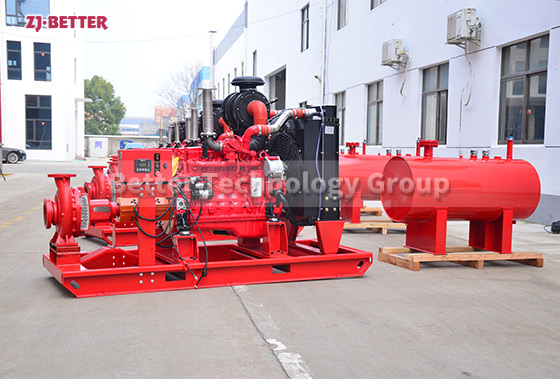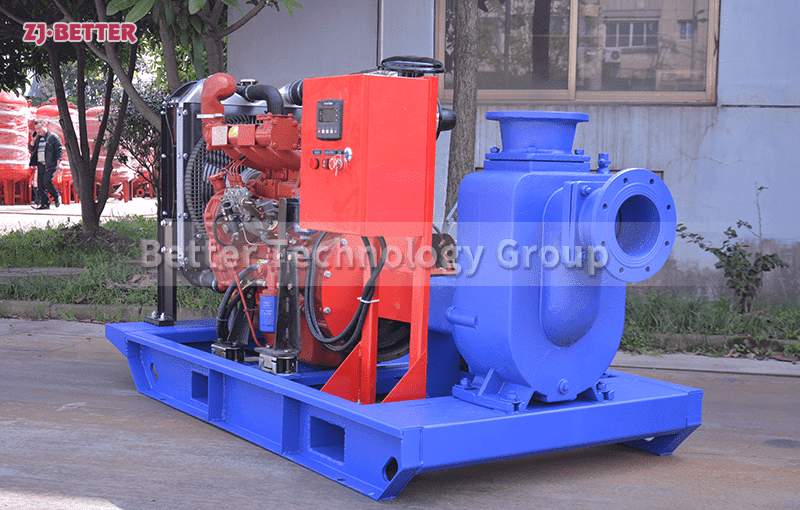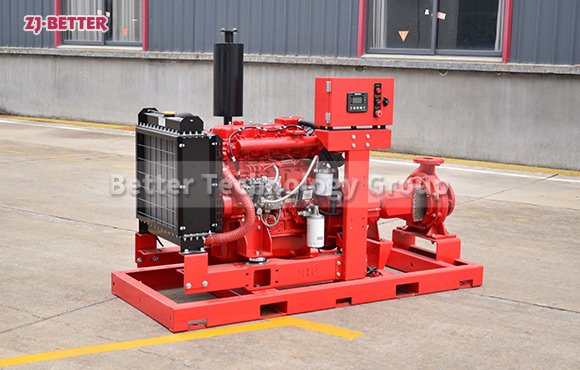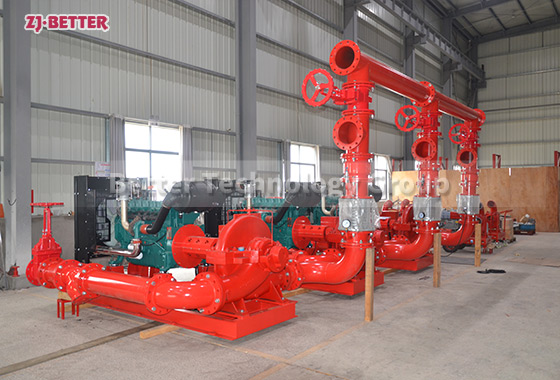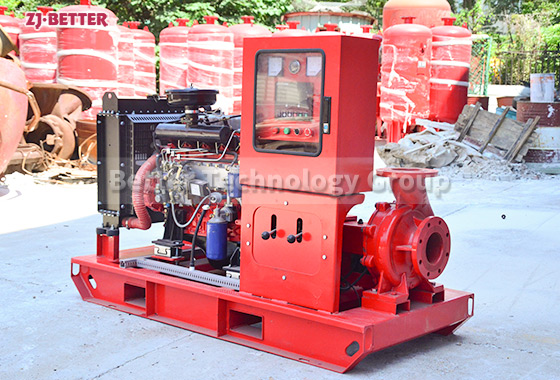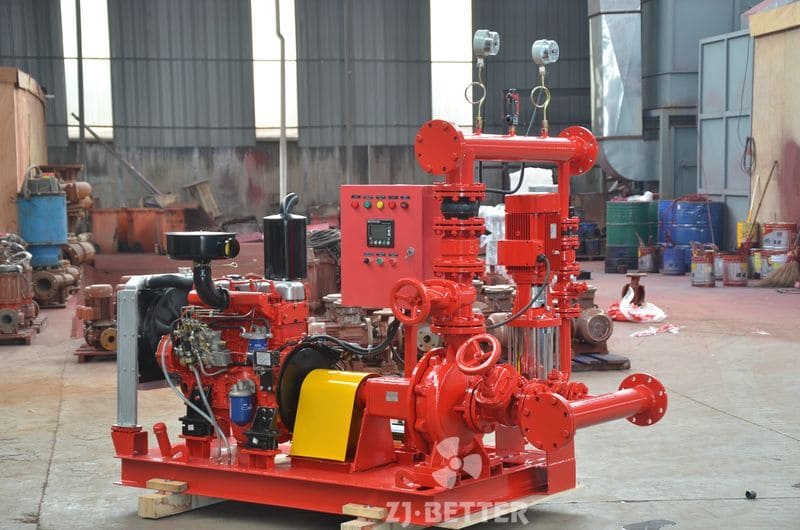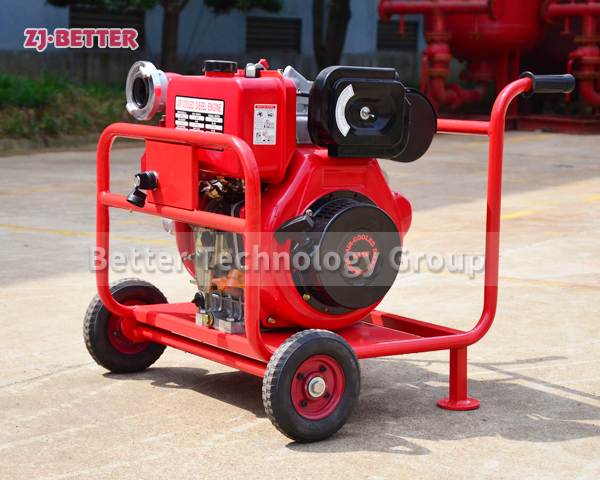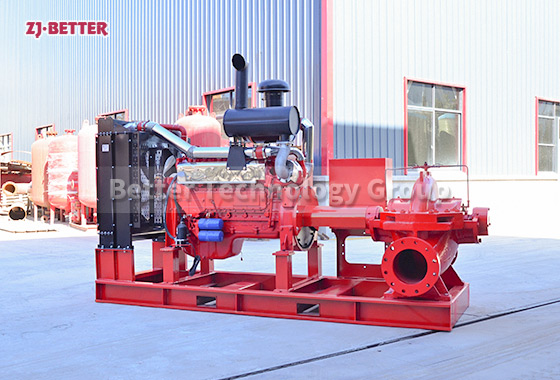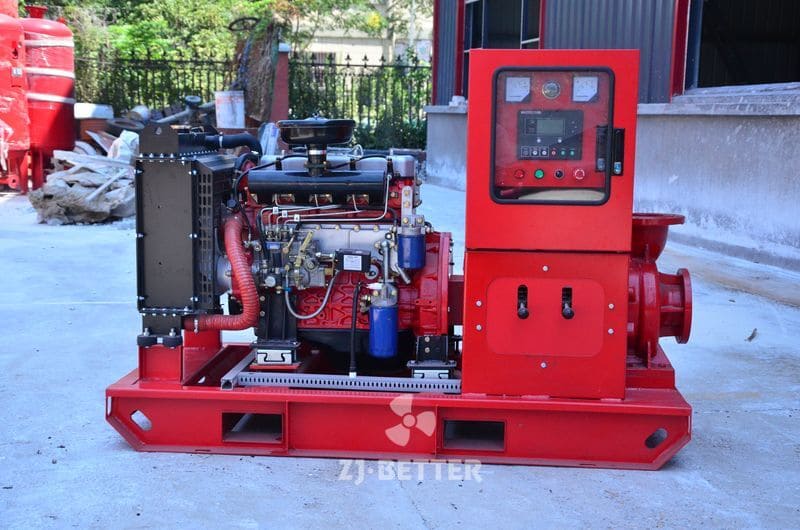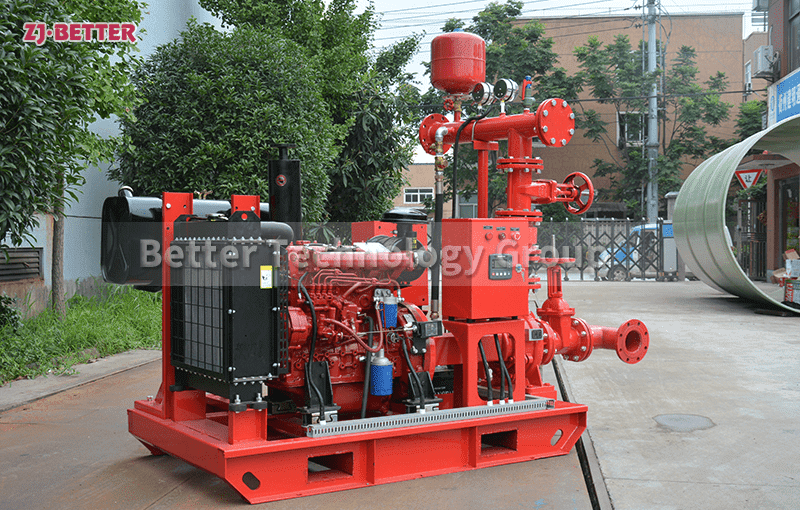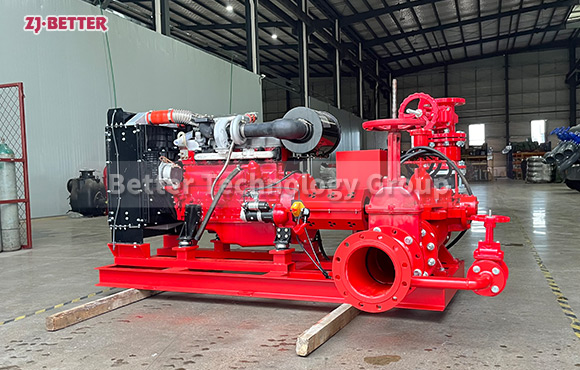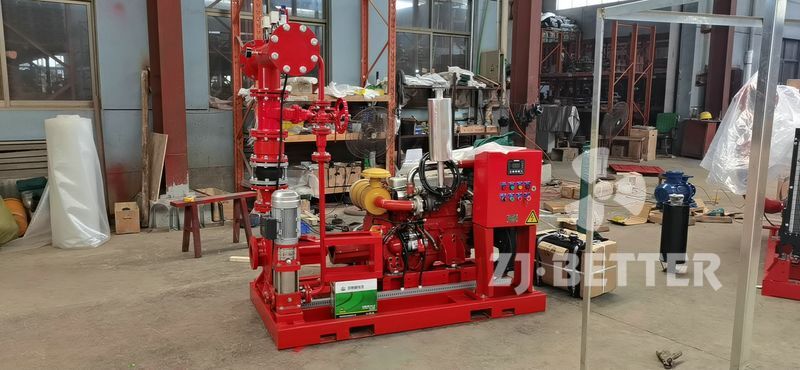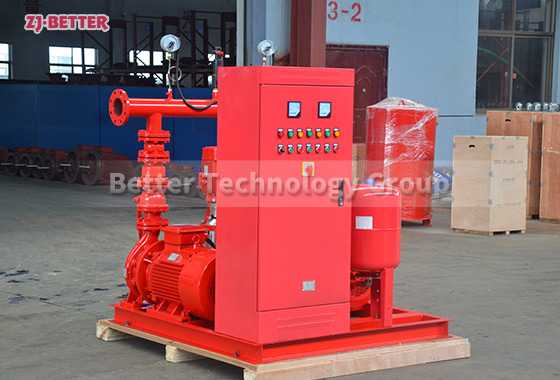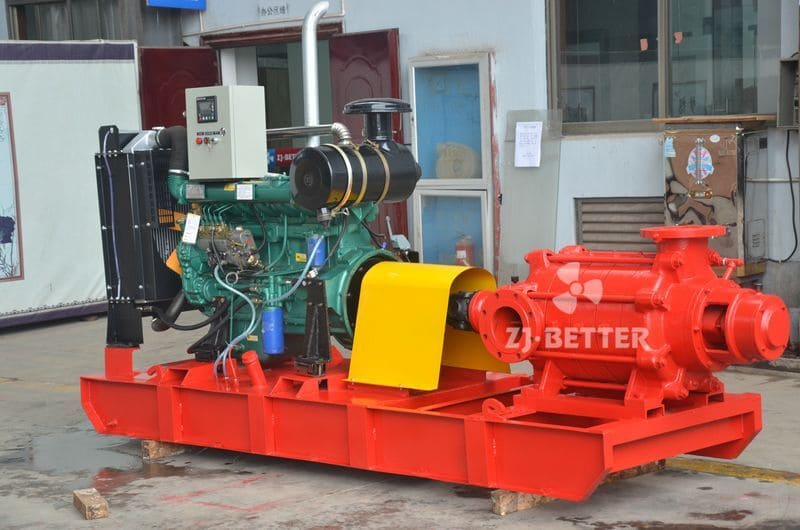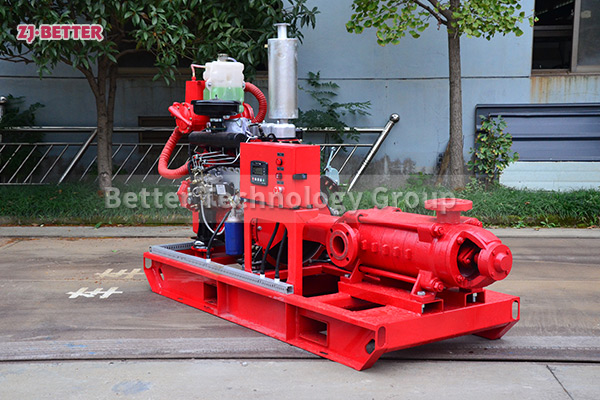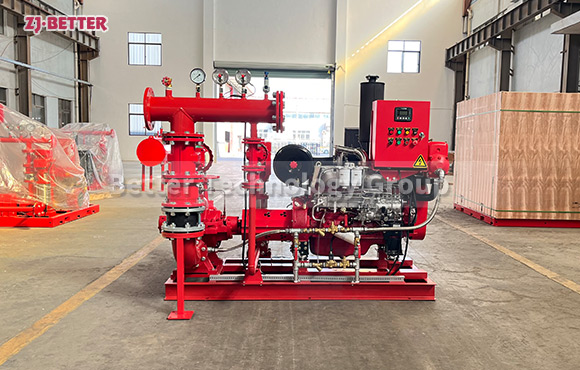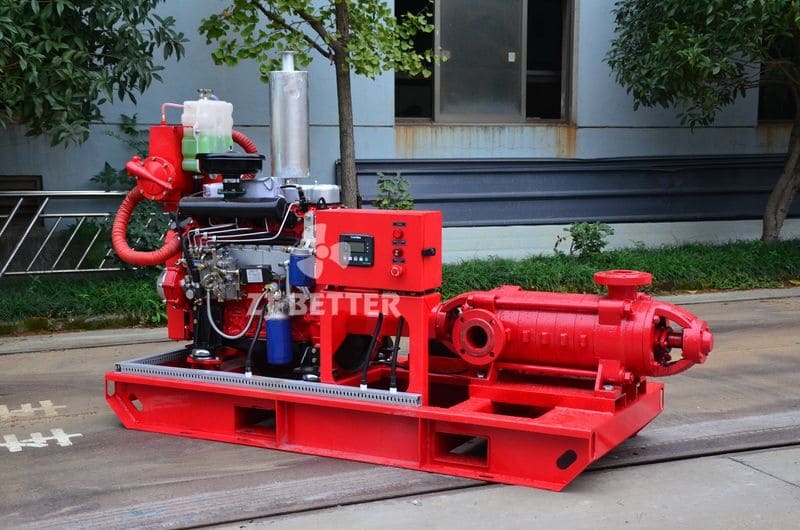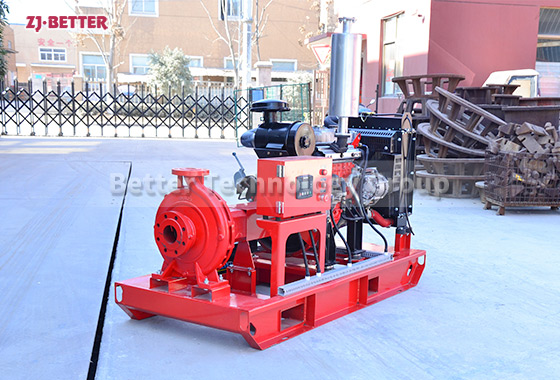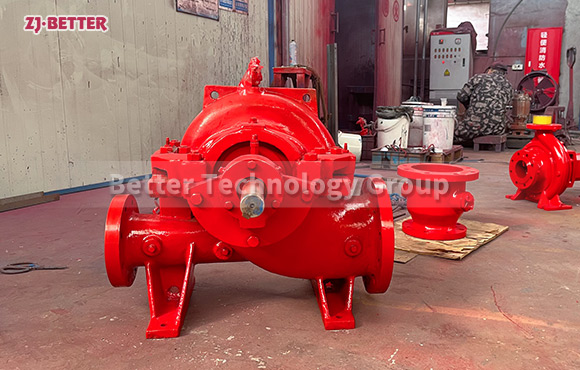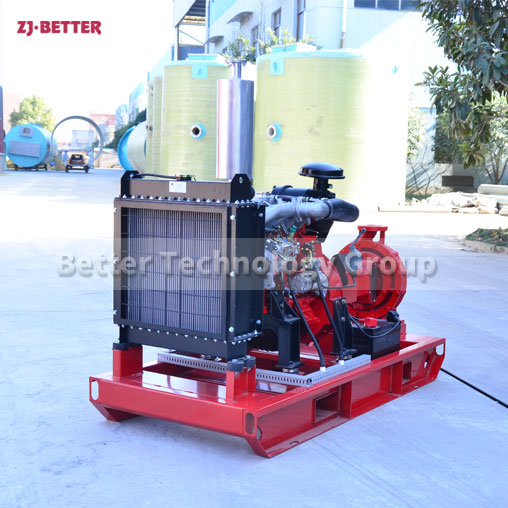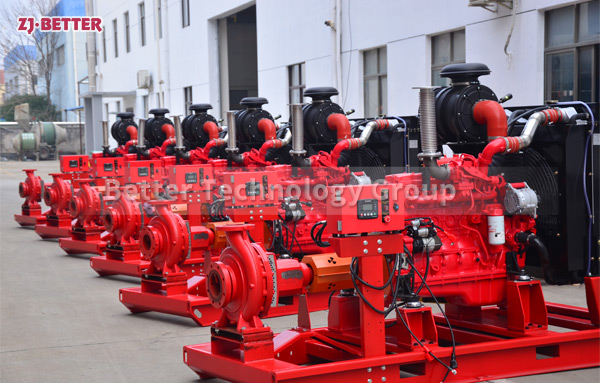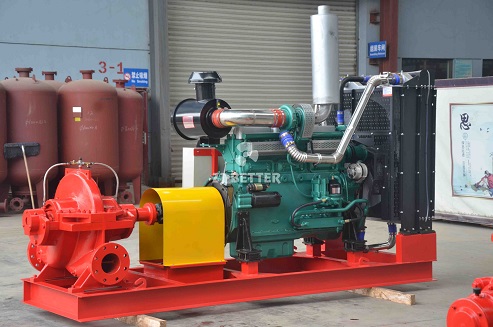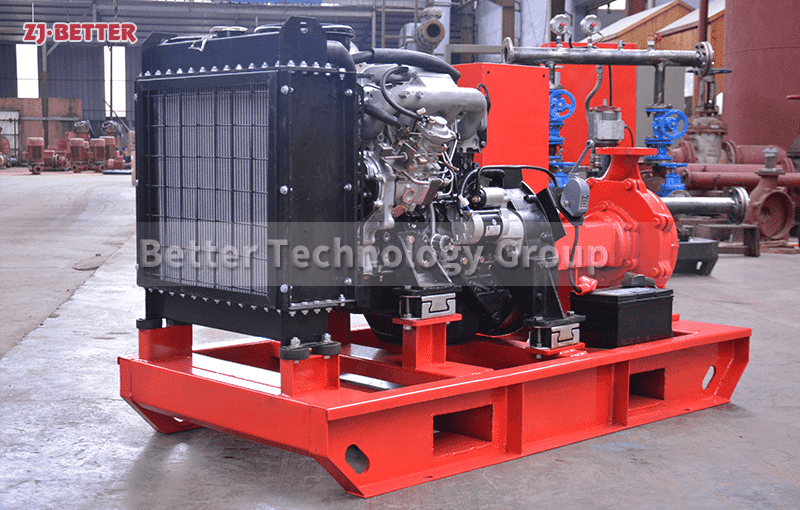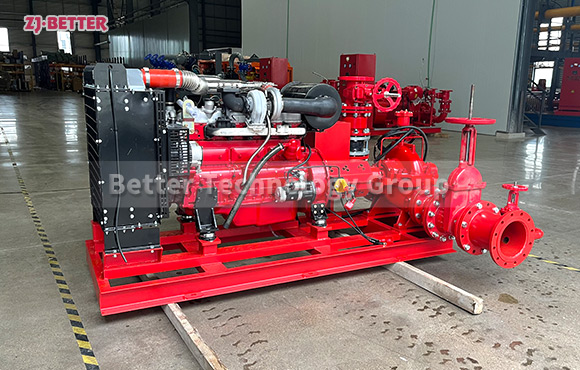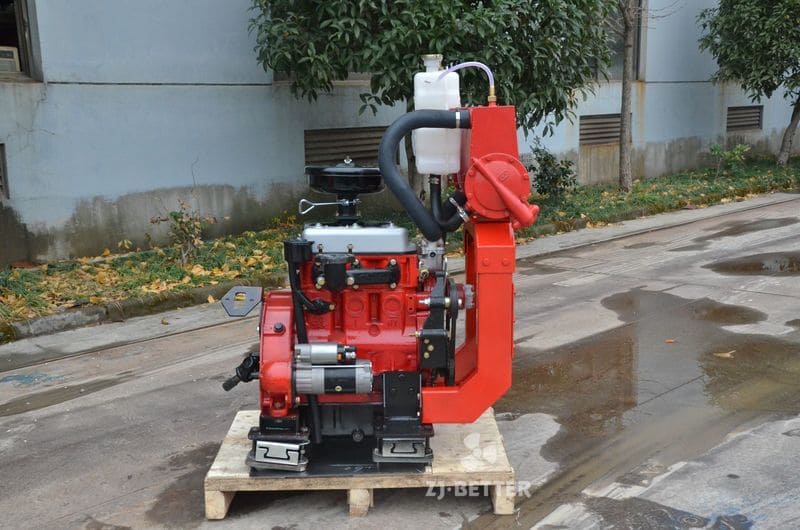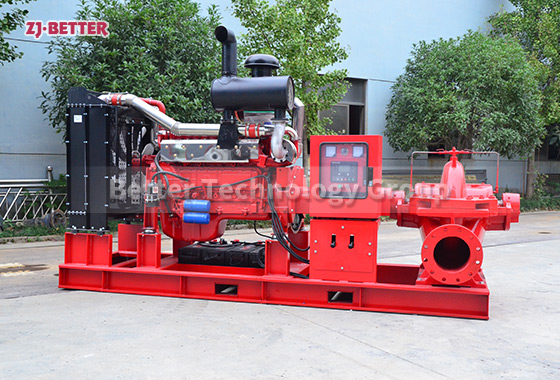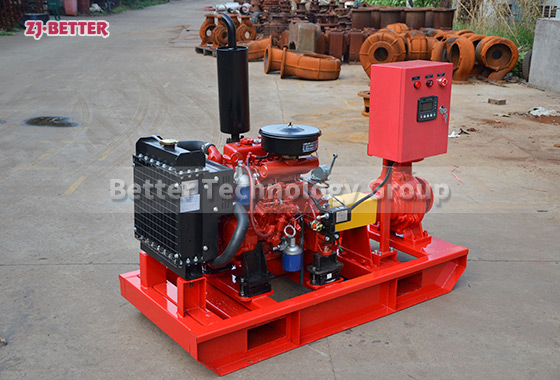Mobile Diesel Engine Fire Pumps require less floor space
Diesel engine fire pumps can easily change the head, so that the efficiency of the device can also be greatly improved. Diesel engine fire pumps can be adapted to work in different working media and media at different temperatures by changing the material or coating with a special protective layer. The diesel engine fire pump occupies less area, and the vibration and noise of the diesel engine fire pump is relatively small.
Diesel engine fire pumps are mainly used for fire hydrant fire extinguishing, automatic sprinkler fire extinguishing and other fire extinguishing systems in fixed fire extinguishing systems such as industrial and mining enterprises, engineering construction, high-rise buildings, etc. It can also be used in common water supply systems for living and production, buildings, municipal water supply and drainage, docks, offshore platforms and other occasions without power supply. To ensure the reliability of the entire control system of the diesel engine fire pump, perfect daily management is inseparable.

